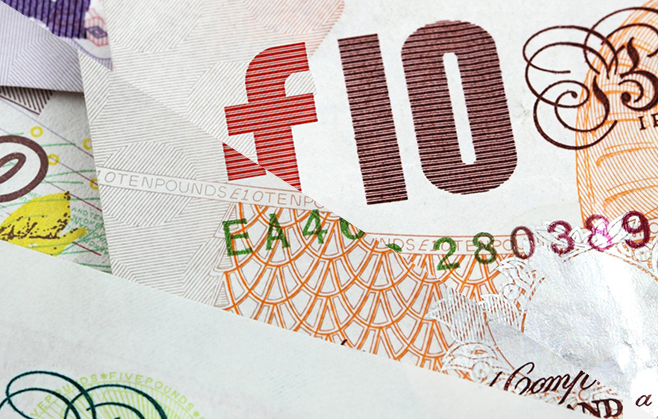
Should you use paid social?
Cost-per-click on paid search ads is reportedly at an all-time high, meaning brands are having to reassess where they spend their marketing budgets. For some, this means a greater focus on social media advertising.
Now, social media ads are a lot cheaper (when looking at Facebook), than Google AdWords, from our experience averaging at around a $1 difference per ad. The question is though, should you be spending on social media ads, or is organic content enough? When it comes to reach, brands have quickly become disillusioned with reliance on Facebook for organic reach and visibility- in recent years, reach has been as low as 2.5-3% on each organic post. Where brands have emphasised quality and frequent content, paid social hasn’t been needed in order to see results. We’ve seen many B2Bs in particular establish a range of owned media channels and content, helping them to forge quality leads over time. But this leads to another issue- time. Often, newer brands need to build up a reputation quickly in order to generate sales. Without an archive of content at their disposal, organic social activity alone may not produce results. A paid social strategy enables quicker traction, and coupled with targeting, allows brands to reach their preferred demographics, not just a following of users who may not truly be invested in their products or services.
Secondly, with a mine of well-executed content out there, a brand’s chances of having their content engaged with is getting slimmer and slimmer. For this, a helping hand from paid-social can really benefit brands in a couple of areas. The first is with advanced targeting, where only paid social can really help. From custom audiences based on location, age, gender, language and interests, to targeting based on user behaviour when visiting a brand’s app or website, paid social allows for greater specificity.
And gone are the days where ads on social media sat awkwardly in the platform’s side bar. Native ads in particular, now fit seamlessly into the user experience. Facebook and Instagram sponsored posts and Twitter’s promoted tweets all appear in the home feed or timeline as normal, except for the addition of the words “sponsored” or “promoted” accompanying the content. And with ads masked as Facebook Live video, Instagram stories, and sponsored Snapchat filters, ads have never fit so “naturally” into a brand’s storytelling objectives.
So how have successful brands employed paid social in the past? Recently, Samsung SDI (the company’s lithium-ion battery sector), saw their ROI jump after investing in paid ads on LinkedIn. The brand decided to use this social platform to target key senior stakeholders within the energy solutions sector in order to increase sales and awareness. To do this, Samsung utilised LinkedIn’s targeted display ads and SlideShare feature, helping the company promote educational content relating to its products. As a result of simply using LinkedIn’s paid tools, the company was able to reach 300,000 LinkedIn members and a year’s worth of sales leads in two months- this came to a 7-times higher ROI on marketing budget.
When it comes to B2Cs, one brand that gets it right time and time again is online fashion and lifestyle site, Refinery 29. The company’s Facebook strategy is especially exemplary, with sponsored posts used for many of its most popular articles. The site has also championed the importance of research around its tactics, and has found paid social to be the most effective way to achieve conversions. On Facebook, the company found that the greater the number of sponsored posts users were exposed to, the more likely they were to subscribe to its newsletter. And of those users who were exposed to the whole social ad funnel- from brand or product ad to call-to-action messaging, many more were likely to be converted.
Have you seen greater success from incorporating paid social media? And which platforms do you think have been most lucrative? We’d love to hear your thoughts, so please tweet to us @PracticeDigital and share your comments on our Facebook page.




